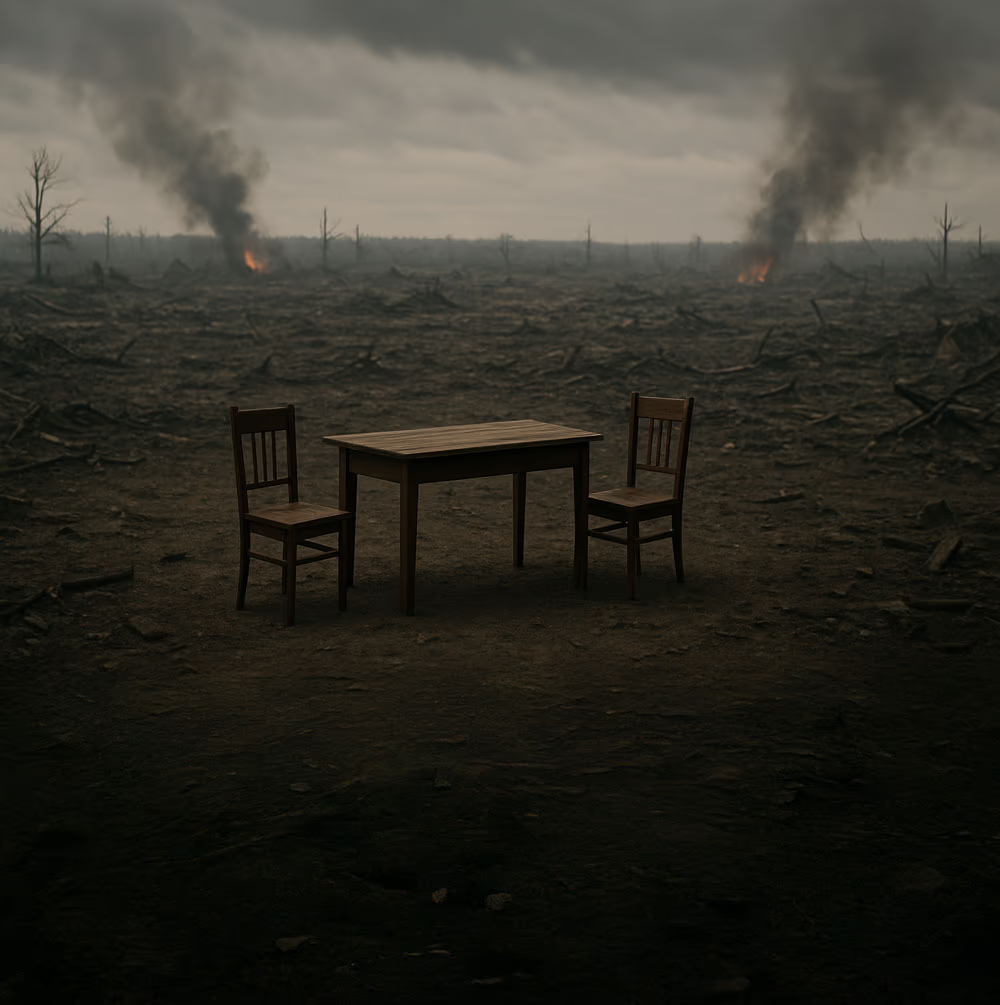Donald Trump has repeatedly shifted his position on Ukraine, adjusting to Vladimir Putin’s interests—even though the Russian leader has offered virtually nothing in return. Critics of the former president argue that Putin is simply using him, dragging out negotiations with no real intention of making concessions. Still, sources close to Trump and inside the White House remain hopeful that Moscow will soon take concrete steps toward a deal.
At this stage, the Kremlin has received nearly everything it sought from Trump: no new sanctions, a refusal to push for a ceasefire, growing rifts within NATO, and an unexpected flexibility from a president known for his impatience. Trump acknowledged that Putin might be "buying time" and even threatened to impose sanctions or tariffs if peace talks remained stalled. But following a phone call with Putin on Monday, he showed unprecedented willingness to concede: dropping pressure through sanctions, stepping back from a mediating role, accepting a negotiation format favored by Moscow, and describing Russia’s readiness to outline its terms as a "diplomatic victory."
After the call, Trump proposed holding peace talks in the Vatican. According to White House officials, the Russian delegation was supposedly prepared to arrive with a "peace memorandum" outlining a ceasefire proposal and a broader framework for ending the war. However, on Friday, Russian Foreign Minister Sergey Lavrov confirmed that such a document was being drafted but rejected the idea of meeting in the Vatican, calling it an "unsuitable venue" for negotiations between two Orthodox nations.
Meanwhile, officials in Kyiv say Ukraine still has no information on the time or location of the next round of talks. The first meeting took place a week earlier in Istanbul. Against this backdrop, Russia launched one of the most intense attacks on Kyiv since the war began—using missiles and drones. Ukrainian President Volodymyr Zelensky called the assault proof that Putin is deliberately prolonging the conflict and stressed the need for new sanctions against Moscow.
A widening divide has emerged between Trump and European leaders over how to approach Putin: apply pressure or wait him out. This week, the UK and the EU imposed new sanctions on Russia after the Kremlin once again rejected Trump’s ceasefire proposal. Brussels and London had hoped for U.S. support, but Trump refused to join. Following his unusually conciliatory phone call with Putin on Monday, allies—who later joined a video call with Trump—expressed confusion. Despite Moscow continuing to stall the negotiation process that Trump once claimed he could resolve "within 24 hours," the U.S. president is leaning away from pressure—and toward stepping aside altogether.
To push Volodymyr Zelensky toward negotiations, Trump resorted to pressure: he lashed out in the Oval Office, suspended intelligence sharing, and temporarily froze weapons deliveries. Toward Putin, however, his rhetoric was softer—filled with promises of sanctions relief, improved trade, and a near-total absence of threats. "I believe Putin is playing us," former U.S. Ambassador to Ukraine Bridget Brink told CNN. Brink resigned last month in protest over Trump’s "appeasement policy." She added, "That’s why it’s more important than ever to call things by their name and increase pressure on Russia—together with our European partners."
According to the White House, it was Trump’s diplomatic tone that persuaded Putin to begin drafting a peace memorandum—a document he had previously rejected. Trump has repeatedly claimed that taking a "tough stance" on Putin might be politically easier, but in practice, maintaining a cordial relationship is more productive. If needed, Trump can pivot. Senate Republicans, led by his ally Lindsey Graham, are already prepared to impose 500% tariffs on oil imports from countries that buy Russian crude—chiefly China. For now, however, Trump appears to be waiting, letting Putin make the next move.
Unpeace

Instead of Peace
JPMorgan Assesses Likely Outcomes of the War in Ukraine and the New Balance of Power in Europe

13 Killed After Massive Russian Drone and Missile Attack on Ukraine

The Crimea Deal: How the Bloodless Annexation of 2014 Paved the Way for New Concessions to Moscow
As Kyiv Holds the Front, the West Debates Whom to Blame and Where to Cut Costs

Why Trump’s Peace Plan Is Stalling
Hard Lessons From the 2022 Talks

